Today, let’s learn some simple and interesting English knowledge.The reason is that I recently bought a new refrigerator. I usually don’t like to read the manual carefully, so as soon as I plugged it in, I eagerly placed the freshly arrived fruits and vegetables in the upper part of the “refrigerator compartment.” Who knew, unfortunately, perhaps due to my ignorance, this refrigerator does not follow the usual rules; its refrigerator compartment is in the lower part…And my fresh vegetables and fruits just perished in the upper part’s freezer…As my mom said: “When I opened the refrigerator, they had already turned into water…”
Who knew, unfortunately, perhaps due to my ignorance, this refrigerator does not follow the usual rules; its refrigerator compartment is in the lower part…And my fresh vegetables and fruits just perished in the upper part’s freezer…As my mom said: “When I opened the refrigerator, they had already turned into water…” I looked at the limp orange in my hand, sighed, and thought: My orange cannot die in vain; let’s make it serve some purpose, burning out its last spark…?For example, let’s learn together how to say “orange” in English?
I looked at the limp orange in my hand, sighed, and thought: My orange cannot die in vain; let’s make it serve some purpose, burning out its last spark…?For example, let’s learn together how to say “orange” in English? First, orange ≠ 橘子 (mandarin), orange only refers to oranges.Many people learn orange in kindergarten, and at the very least, they are quite familiar with it by elementary school, almost turning it into muscle memory.At first, I also used to consider orange as a general term for both oranges and mandarins. But in English, the distinction is quite clear!So the English expressions for the two are:① orange refers to oranges, so “orange juice” is orange juice;② mandarin is the correct term for 橘子 (mandarin).
First, orange ≠ 橘子 (mandarin), orange only refers to oranges.Many people learn orange in kindergarten, and at the very least, they are quite familiar with it by elementary school, almost turning it into muscle memory.At first, I also used to consider orange as a general term for both oranges and mandarins. But in English, the distinction is quite clear!So the English expressions for the two are:① orange refers to oranges, so “orange juice” is orange juice;② mandarin is the correct term for 橘子 (mandarin).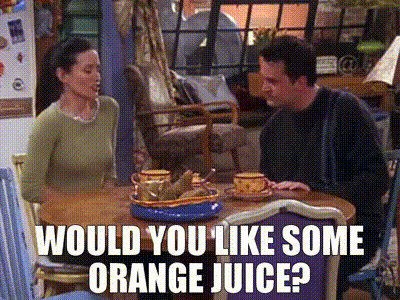 The difference between the two is:Mandarins, also known as 橘子, are often flat and round, with orange or reddish skin, thin and loose peel that is easy to peel, and feel softer to the touch. They are warm in nature and can easily cause heat if eaten in excess.Oranges are usually round or oval, with smooth and thicker skin that is tightly wrapped and not easy to peel. They are cool in nature and can help reduce heat.Moreover, oranges are generally larger than mandarins.This is what an orange looks like:
The difference between the two is:Mandarins, also known as 橘子, are often flat and round, with orange or reddish skin, thin and loose peel that is easy to peel, and feel softer to the touch. They are warm in nature and can easily cause heat if eaten in excess.Oranges are usually round or oval, with smooth and thicker skin that is tightly wrapped and not easy to peel. They are cool in nature and can help reduce heat.Moreover, oranges are generally larger than mandarins.This is what an orange looks like: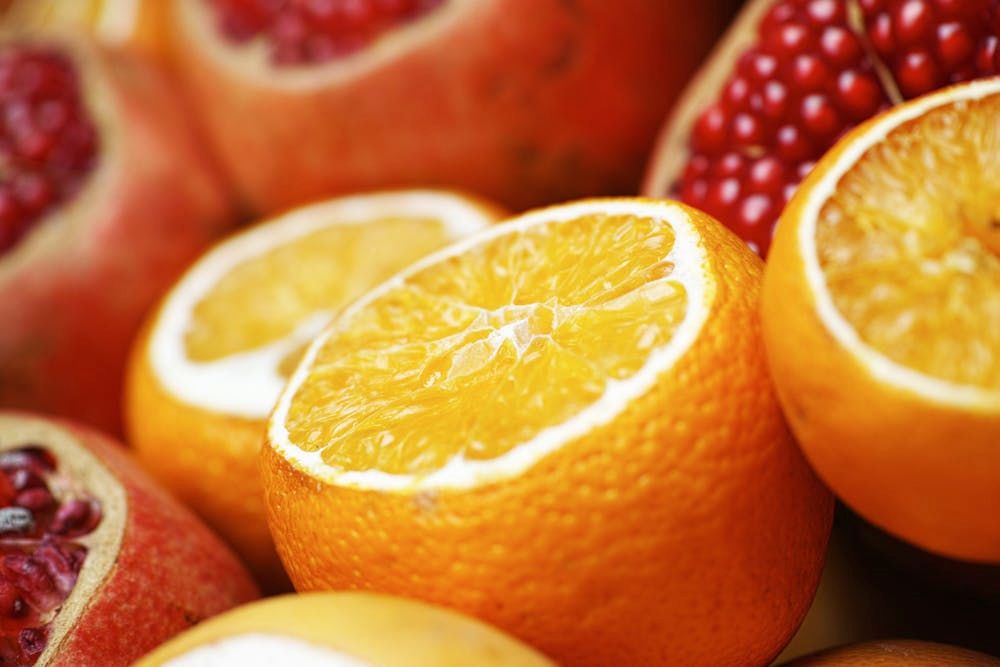 This is what a mandarin looks like:
This is what a mandarin looks like: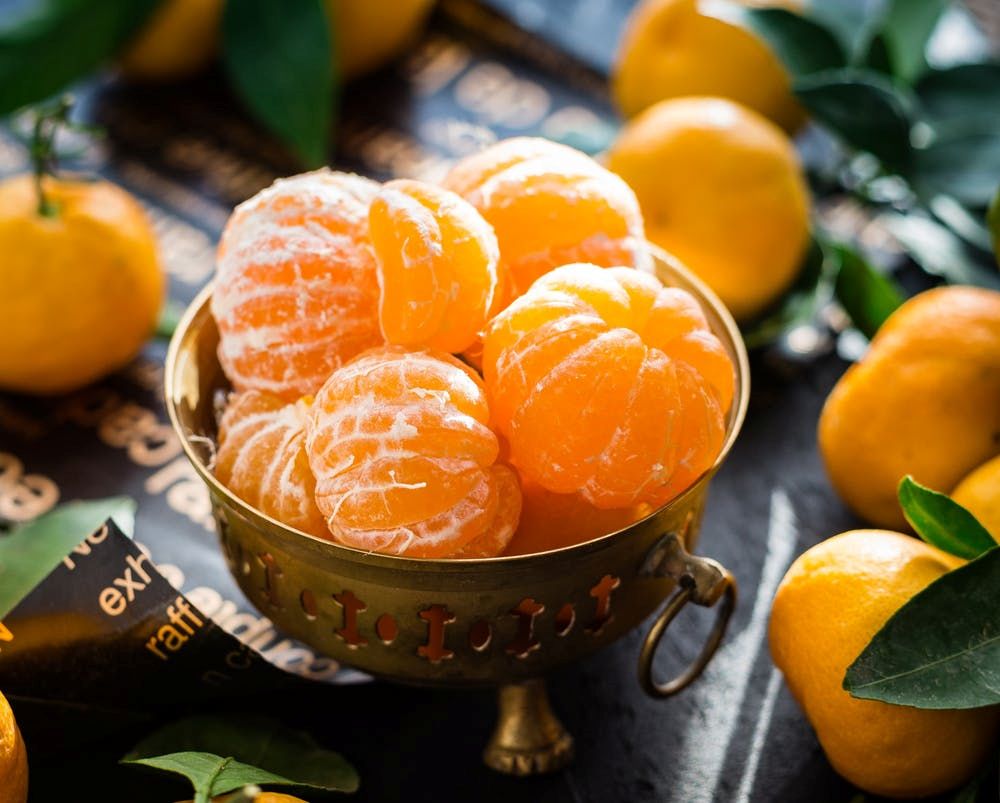 Actually, I have always simply and crudely considered those that can be peeled directly as mandarins, while those that are harder to peel and require a knife to cut are oranges… Indeed, lazy people have their own ways?Now, back to the term “mandarin” — mandarin, doesn’t this word look familiar? That’s because, when capitalized, it becomes Mandarin — which refers to Mandarin Chinese, and its meanings actually include: n. Chinese official language, national language, Manchu official, citrus; adj. (Chinese-style) tight-fitting gown.
Actually, I have always simply and crudely considered those that can be peeled directly as mandarins, while those that are harder to peel and require a knife to cut are oranges… Indeed, lazy people have their own ways?Now, back to the term “mandarin” — mandarin, doesn’t this word look familiar? That’s because, when capitalized, it becomes Mandarin — which refers to Mandarin Chinese, and its meanings actually include: n. Chinese official language, national language, Manchu official, citrus; adj. (Chinese-style) tight-fitting gown.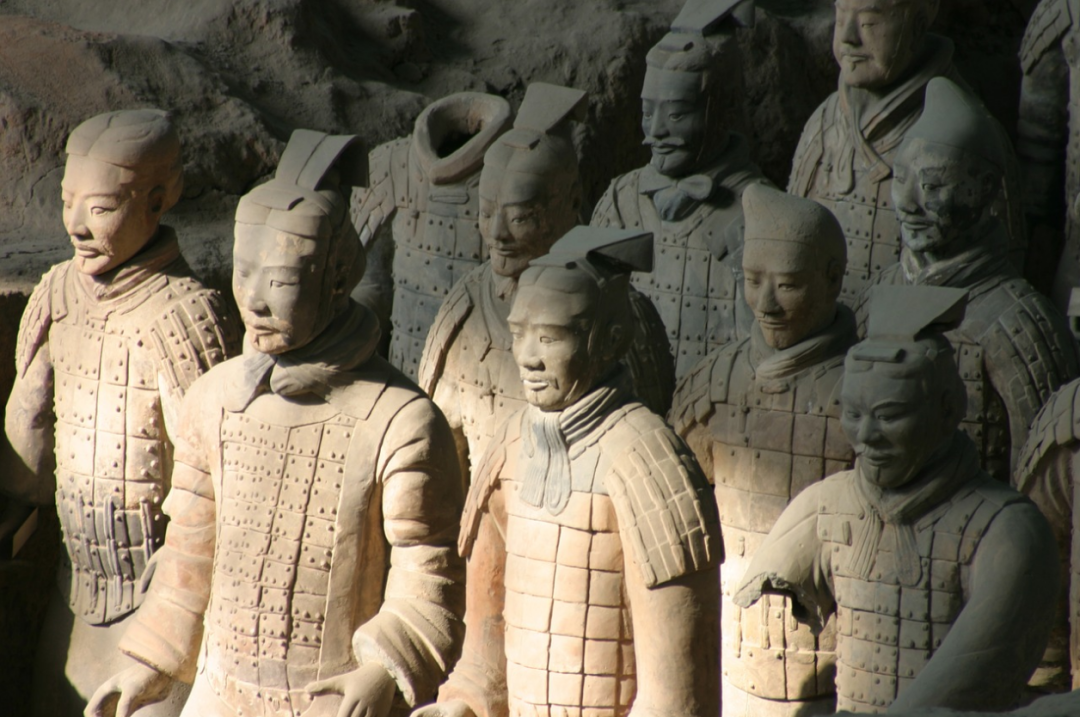 According to Webster’s Dictionary, the English name for “mandarin” actually comes from the color of the official robes of the Qing Dynasty.If capitalized, Mandarin refers to “Mandarin Chinese” — which means “official language.”Example sentence:Mandarin, but I don’t think it is the same as our oranges.But I believe mandarins and oranges are not the same.In addition to the English names for mandarins and oranges, let’s add two very easy-to-make mistakes.Cherry tomatoes ≠ small tomato“Cherry tomatoes” are often referred to as “small tomatoes,” and the formal Chinese name is “樱桃小番茄” (cherry tomato), which can be both a vegetable and a fruit, having various benefits such as clearing heat and detoxifying, and enhancing appetite.
According to Webster’s Dictionary, the English name for “mandarin” actually comes from the color of the official robes of the Qing Dynasty.If capitalized, Mandarin refers to “Mandarin Chinese” — which means “official language.”Example sentence:Mandarin, but I don’t think it is the same as our oranges.But I believe mandarins and oranges are not the same.In addition to the English names for mandarins and oranges, let’s add two very easy-to-make mistakes.Cherry tomatoes ≠ small tomato“Cherry tomatoes” are often referred to as “small tomatoes,” and the formal Chinese name is “樱桃小番茄” (cherry tomato), which can be both a vegetable and a fruit, having various benefits such as clearing heat and detoxifying, and enhancing appetite.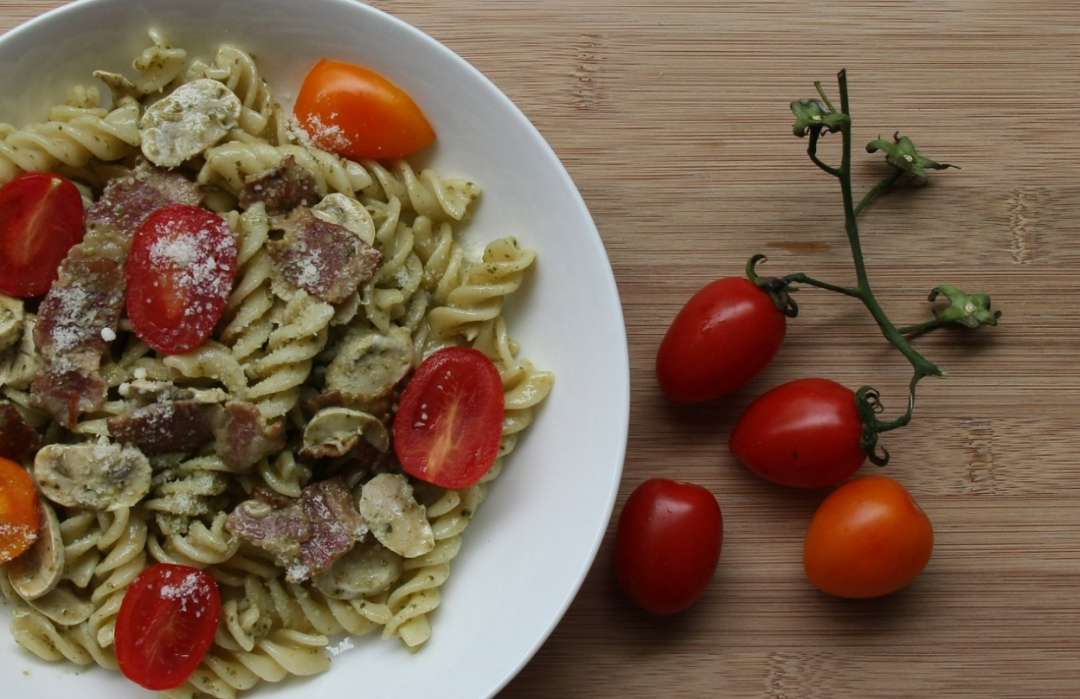 But its English name is not “small tomato,” nor is it “saintess/virgin fruit,” but “cherry tomato” — which actually corresponds to “樱桃番茄” (cherry tomato).Additionally, let’s clarify that cherry tomatoes are not the genetically modified foods that everyone avoids, and don’t think that eating them will lead to “infertility” just because of their name; such conspiracy theories are really too childish.The reason they are so small is that they were cultivated through grafting techniques, combining tomatoes with smaller cherry tomatoes introduced from abroad, gradually developed through many experiments.
But its English name is not “small tomato,” nor is it “saintess/virgin fruit,” but “cherry tomato” — which actually corresponds to “樱桃番茄” (cherry tomato).Additionally, let’s clarify that cherry tomatoes are not the genetically modified foods that everyone avoids, and don’t think that eating them will lead to “infertility” just because of their name; such conspiracy theories are really too childish.The reason they are so small is that they were cultivated through grafting techniques, combining tomatoes with smaller cherry tomatoes introduced from abroad, gradually developed through many experiments.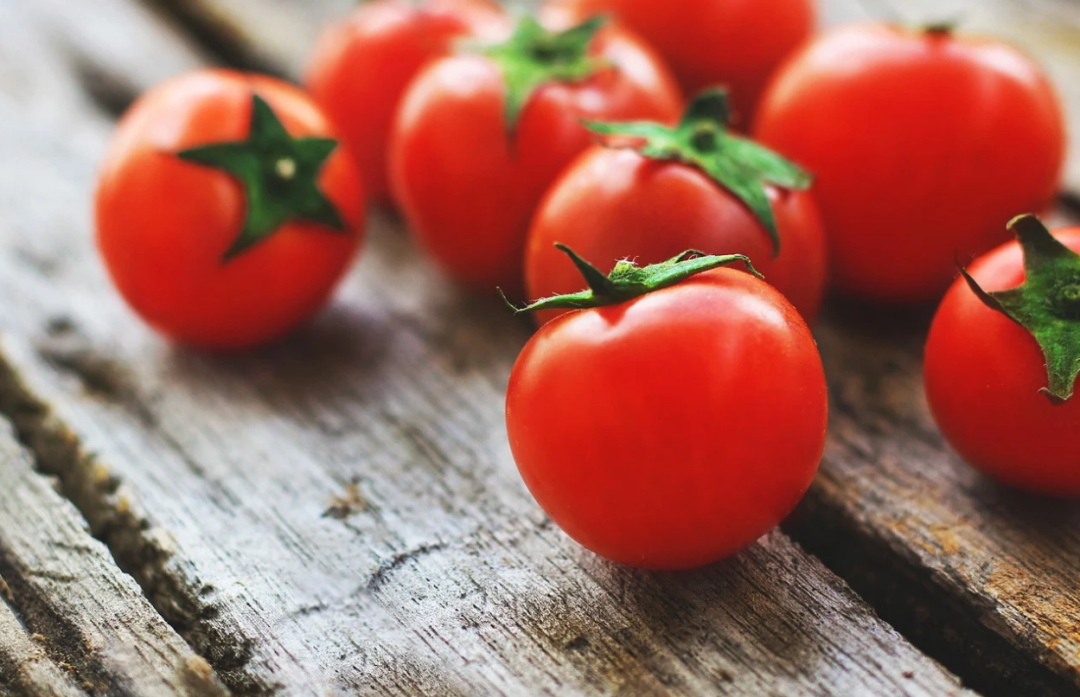 Here’s another fun fact: Dragon fruit is indeed called dragon fruit.In fact, dragon fruit has two English names: “dragon fruit” and “Pitaya”.If it’s red-fleshed dragon fruit, it can be directly called “red dragon fruit,” but
Here’s another fun fact: Dragon fruit is indeed called dragon fruit.In fact, dragon fruit has two English names: “dragon fruit” and “Pitaya”.If it’s red-fleshed dragon fruit, it can be directly called “red dragon fruit,” but